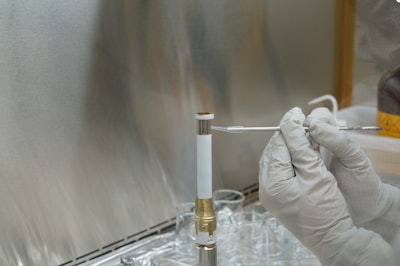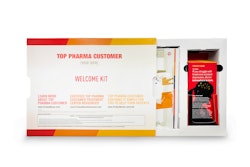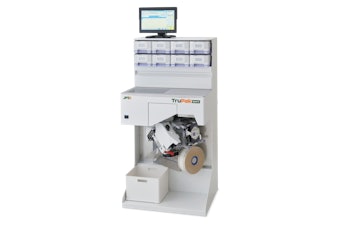
The healthcare packaging world often looks inward for proven solutions and inspiration. But even when not applicable to your daily design work, it can be intriguing to step outside and look at challenges faced in other industries.
NASA’s article, A Martian Roundtrip: NASA's Perseverance Rover Sample Tubes, goes in-depth on the tubes that may one day—in 2031—become the first equipment to complete a round trip to Mars and back. The 43 tubes had to balance being lightweight yet sturdy enough to withstand the intense conditions, “and so clean that future scientists will be confident that what they're analyzing is 100% Mars.” In tube sampling, the total amount of Earth-based organic compounds had to be less than 150 nanograms. For perspective, the article notes, a human thumbprint carries approximately 45,000 nanograms of organics. The tubes weigh less than 2 oz, and are composed primarily of titanium. "They are less than 6 inches [15.2 centimeters] long, but we still found over 60 different dimensions to scrutinize," said sample tube cognizant engineer Pavlina Karafillis of JPL in the story. "Because of the intricacies of all the complex mechanisms they will pass through during the Mars Sample Return campaign, if any measurement was off by about the thickness of a human hair, the tube was deemed not suitable for flight."





















